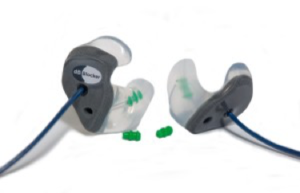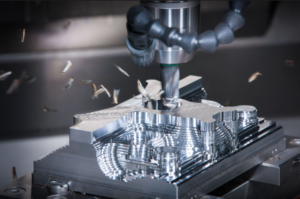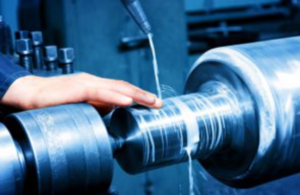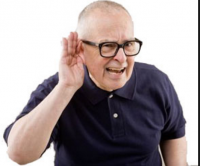Wearing & Caring for your dB Blockers ™
So the wait is finally over. After being fitted for your new hearing protection – they have finally arrived! However, there are a few important things we wanted to remind you of. Your dB Blockers will do most of the work when it comes to protecting your ears from noise, but you will also need to care for them as well.
Break-In Period
Please note that there is a “break in” period for each custom earpiece. The first 10 times you wear them, apply a light coating of lubrication prior to inserting.
The dB Blocker™ Hearing Protector should only be worn for 2 hours the first day. This time may be increased by two hours each day for the following week. It is important to lubricate the earpiece with CPE lubricant for the first 10 times they are worn or after washing.

Step-By-Step Instructions
Follow the step-by-step diagrams for a comfortable, secure fit. You may need to alternate between your new custom dB Blockers earpiece and your old ear plugs during this limited period until the fit is comfortable. During this time you are still receiving optimum noise protection

Ears Change
You must refit your dB Blockers™ custom earpiece every five years or if your weight changes 10 pounds or  more.
more.
DUE TO PRESSURE CHANGES DO NOT USE NON-VENTED dB Blockers™ WHEN FLYING OR SCUBA DIVING. We have models for this and since we have your fitting. Contact us to order.
For Removal
Gently break the seal by removing the helix (B) and rotating forward.
CAUTION: DO NOT PULL ON CORD TO REMOVE BLOCKERS
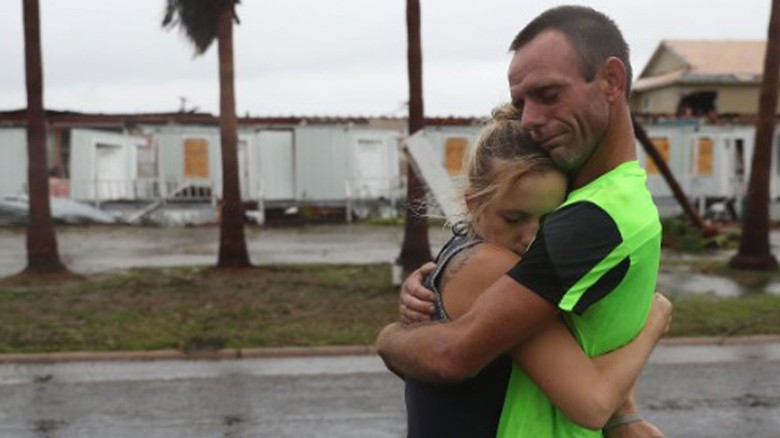
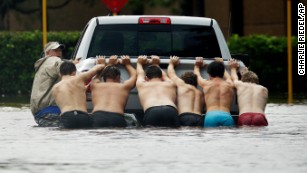
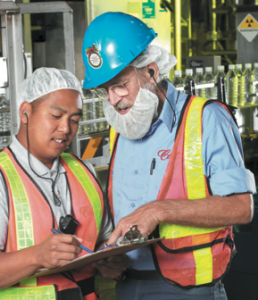 Behind that yummy assortment of bakery delights or that wonderfully prepared to go straight to the oven, frozen Chicken Cordon Bleu is an entire assembly of creative chefs and production staff who prepared it for you; production workers who are also exposed to workplace hazards every day. One specifically is industrial hearing loss.
Behind that yummy assortment of bakery delights or that wonderfully prepared to go straight to the oven, frozen Chicken Cordon Bleu is an entire assembly of creative chefs and production staff who prepared it for you; production workers who are also exposed to workplace hazards every day. One specifically is industrial hearing loss.
